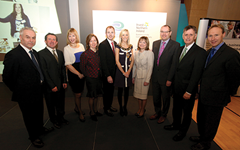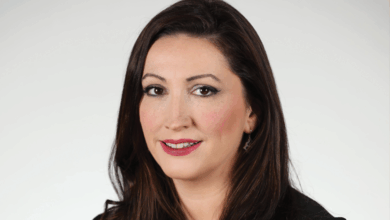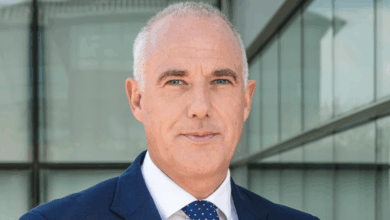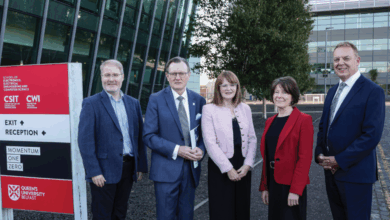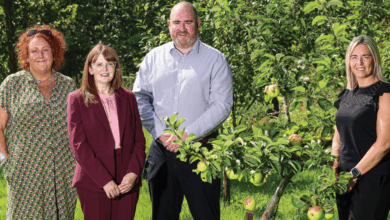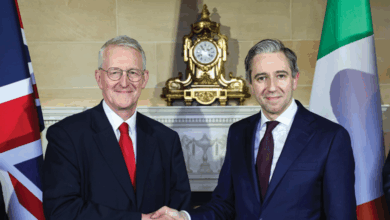Regeneration in Craigavon: together we progress
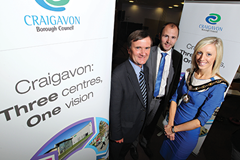 Exciting developments for regeneration and economic development in the Borough.
Exciting developments for regeneration and economic development in the Borough.
The Craigavon Integrated Development Framework (CIDF) was launched in 2010 and set a challenging agenda for regeneration in Craigavon.
Almost three years on, much has been successfully delivered, while a range of new initiatives have emerged that are ensuring Lurgan, Portadown and Central Craigavon can thrive as engines of economic activity, and as multi-functional town centres that meet the needs of the local population while attracting visitors and investors.
Craigavon Borough Council, in partnership with the Department for Social Development, are leading the implementation of the CIDF and continue to work closely with key agencies including DRD Roads Service. The Craigavon Integrated Regeneration Partnership, which includes local Elected Representatives, DoE Planning, Translink, NIEA and the Strategic Investment Board, also continue to meet on a quarterly basis to review progress and agree local priorities.
Key developments:
Central Craigavon
• Council are progressing the delivery of a £25 million state of the art leisure facility on the shores of the South Lake in Central Craigavon. As well as improving the local leisure offer, Council are working to ensure that the project will act as a catalyst for further appropriate development in the area, as well providing opportunities to influence the future form and function of Craigavon as a town centre.
• Further work is being advanced by DSD and Council which will explore the feasibility of utilising innovative methods of financing regeneration projects in Craigavon, including Accelerated Development Zones/Tax Incremental Financing.
• Key opportunities are also being explored with Craigavon Area Hospital and Almac in relation to the development of a life science cluster, while the area continues to develop the agri-food sector, being home to the headquarters of Moy Park (Northern Ireland’s biggest employer), Irwins, Avondale and Wilsons Country.
Portadown
• An Integrated Consultant Team have been appointed to lead the delivery of the People’s Park project, and have begun to review the conceptual masterplan in order to develop detailed designs. Translink are also nearing completion of the £3.6 million upgrade of Portadown Rail Station which is located between the Park and Portadown town centre.
• As Portadown celebrates its 400th anniversary, additional funding of £100,000 has been secured from DSD for the Portadown Revitalisation project which will fund a mix of town centre capital improvements such as planting and shop front painting, alongside promotional initiatives.
• A design team has been appointed to deliver a programme of improvements at ‘Old Town Quay’, a prime riverfront location in Portadown, including planting, resurfacing and improved river access via a floating pontoon.
• With the completion of a number of major developments within or on the periphery of Portadown town centre (including the Asda Development) as well as the emergence of projects including those referred to above, work is also being advanced which will identify a range of physical interventions which would both improve existing linkages and highlight new opportunities to better connect new developments with the town centre in particular, while also addressing opportunities associated with the river.
• Recent job announcements at Glen Dimplex and plans for development by Ulster Carpets have provided a further boost to the local economy.
• In Lurgan, the second phase of Public Realm improvements in Lurgan town centre will be completed during June 2013, which will include the return of the historic Master McGrath sculpture to the town.
• A further £100,000 of funding has also been secured from DSD to continue the implementation of Lurgan Revitalisation, a programme of town centre initiatives including co-ordinated marketing and physical improvements.
• Additional funding of £33,000 from DSD has been secured to build on the success of the Meanwhile Space project in Lurgan and Portadown, while further town centre improvements including painting schemes and business mentoring continue to be delivered through Neighbourhood Renewal programmes.
• Prominent sites for two iconic public artworks by Maurice Harron have been identified in Portadown and Lurgan town centres. Council have secured funding from DSD to integrate the artworks with the completed town centre public realm schemes, which will be installed later this year.
• A number of major events are also planned for Lurgan, including the Pipe Band Championship, Lurgan Show and Lurgan Motor Rally.
Another Borough-wide project being developed is ‘Craigavon Welcome Way’, which would provide consistently high quality signage, orientation and interpretation at key points within, near to and between the three town centres, as well as signposting other assets and points of interest throughout the Borough. This project would also complement the DRD-funded ‘Active Travel’ pilot project which will focus on improving an already strong cycle infrastructure.
Regeneration Conference
Council have hosted a one-day conference entitled ‘Three Centres: One Vision’ which saw leading regeneration professionals, business people, developers and senior public sector officials from across Northern Ireland come together to discuss recent regeneration work within Craigavon and to highlight case studies from across Northern Ireland including ILEX and Titanic Quarter. Plans are now being developed to host a seminar during Autumn 2013 which will celebrate the 50th anniversary of the Craigavon New Town Commission, while also looking ahead at what the future holds for the area.
Craigavon Means Business
‘Craigavon Means Business’, an investment prospectus for Craigavon, was launched by Minister for Finance and Personnel Sammy Wilson and provides both high level profile information for the Borough, and specific details of Council projects and private investment opportunities in each of the town centres. Hard copies are available on request, or electronically from www.craigavon.gov.uk/business/regeneration/1201-investment-prospectus.html
Chair of Craigavon Borough Council’s Development Committee, Councillor Darryn Causby, commented: “It is important that we chart progress against strategic objectives, but that we also continue to exploit new opportunities to support and enable development and regeneration that benefits each of our town centres, while further strengthening the Borough as a whole which has a collective strength that is of regional significance.
“The breadth of projects being delivered throughout Craigavon reflects both the scale of the opportunity that exists here, and the ongoing commitment of local and central government, along with the private sector, to ensuring Craigavon can realise its full potential.”

